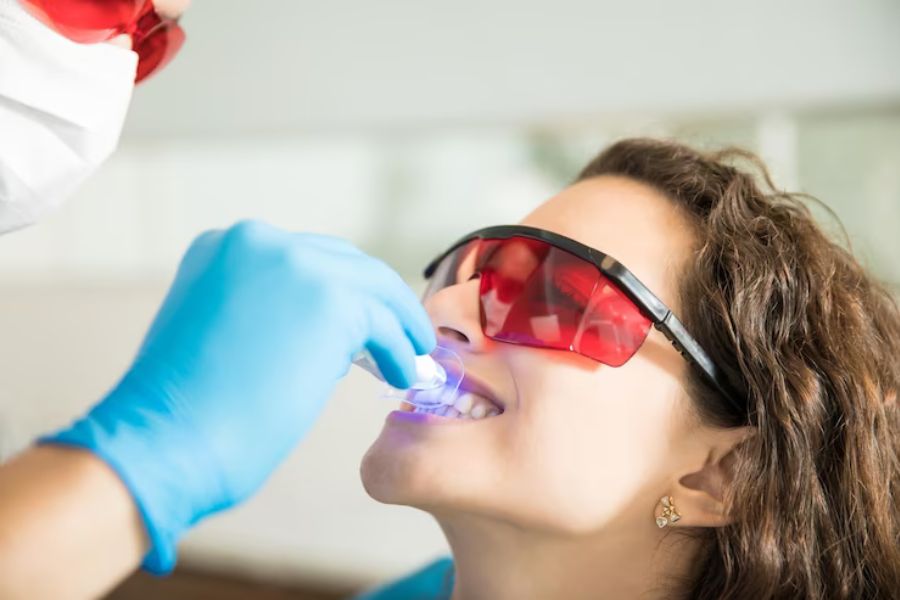If you’re looking to enhance the brightness of your smile through professional teeth whitening, you may come across different methods, including Opalescence Boost and traditional in-office bleaching. These two options offer effective ways to achieve whiter teeth, but they differ in their approach and outcomes. In this detailed comparison, we will explore the features, benefits, and considerations of Opalescence Boost and traditional in-office bleaching to help you make an informed decision for your teeth whitening journey.
Opalescence Boost is a professional teeth whitening treatment that utilizes a powerful, chemically activated gel to whiten teeth. This method is typically performed by a dental professional in a controlled environment. The gel is applied directly to the teeth, and its unique formula helps break down stains and discoloration, resulting in a brighter smile.
The Features of Opalescence Boost
Traditional in-office bleaching refers to the conventional method of professional teeth whitening performed by a dental professional. It involves the application of a bleaching agent, typically a hydrogen peroxide-based gel, directly to the teeth. The whitening process may be enhanced by using heat, light, or a specialized dental curing lamp.
The Benefits of Traditional In-office Bleaching
Considerations for Choosing the Right Method
When deciding between Opalescence Boost and traditional in-office bleaching, several factors come into play. Consider the following:

